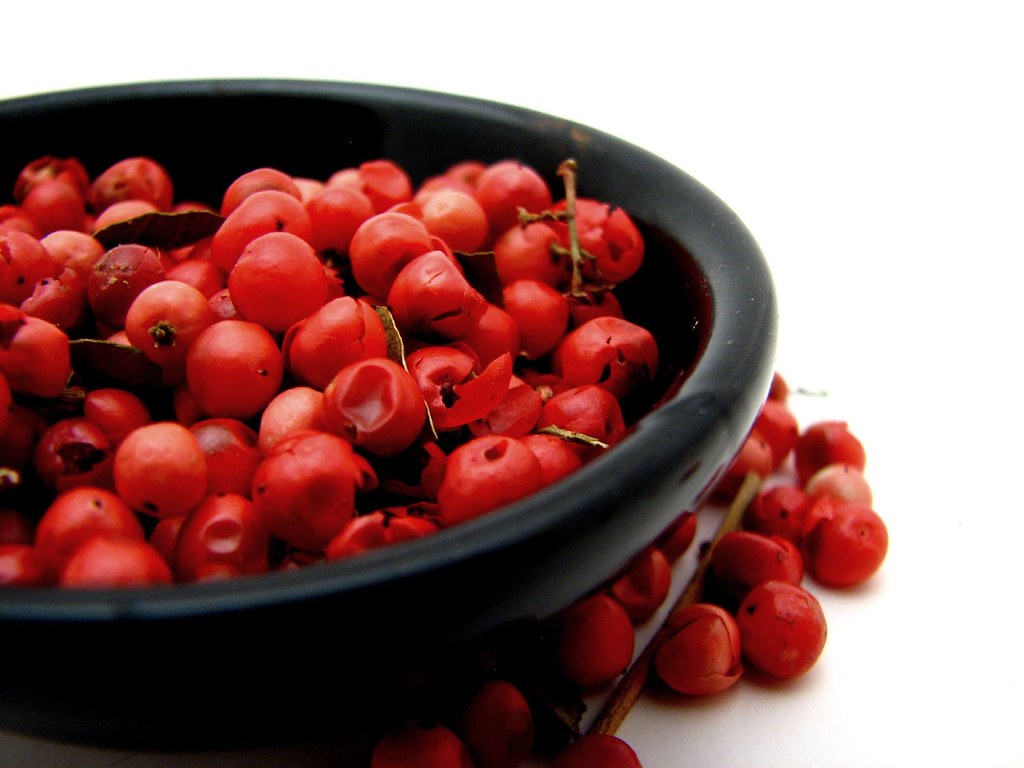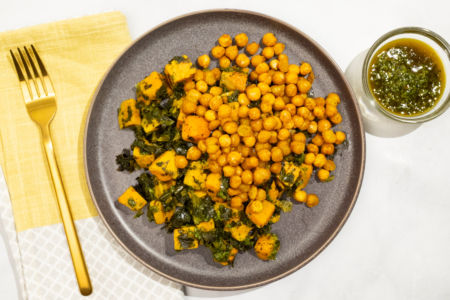There may be no other spice as well known or used as black pepper. Go to nearly any restaurant, and you will find salt and pepper waiting patiently at the table to season a multitude of dishes. Read through most recipes and rarely will you be instructed to season something with salt but not pepper. Salt acts as a preservative and amplifier of flavor, and people have been adding it to food for thousands of years. Somewhere along the way, pepper became inextricably linked to salt, and this dynamic duo has been flavoring our meals ever since.
Because pepper is so ubiquitous in kitchens around the world, it is often an afterthought in the spice world—overlooked and underappreciated. When carefully considered, however, black pepper is a complex and nuanced seasoning worthy of reflection.

Black pepper comes from the green, unripe drupe of the pepper plant. A drupe is a type of fruit whose inner seed is enclosed by a hard covering, (what most people would refer to as a pit). Peaches, almonds, and mangoes are well-known examples of drupes. Black pepper drupes grow in long, thin, elegant clusters on the black pepper plant, a flowering vine that can rise up to 13 feet high. The tiny fruits are only about a fifth of an inch in diameter and are dark red in color when fully ripe. Black, green, white, and red peppercorns are all derived from the same fruit. What sets these peppercorns apart is how ripe they are when picked and how they are treated during production.
Black pepper is made by drying green, unripe pepper drupes. As the fruit’s skin dries, it forms a hard, wrinkled exterior on the outside of the seed. Black peppercorns have a spicy, citrus-like quality, and black pepper is prized for its bright heat, which is unlike New World peppers. The spicy heat from pepper comes from piperine, which is found in both the fruit and inner seed.

White pepper, in contrast, is made with the inner seed of fully ripe red pepper drupes. The red outer flesh of the fruit is removed mechanically, chemically, or biologically, exposing the inner seed. Because white pepper lacks the fruity portion of the drupe with piperine, it tends to be less spicy and more subtle than other varieties.

Green pepper is made with the unripe pepper drupe. These drupes can be used fresh when they are the most vivid and bright, or they can be preserved by brining, canning, freeze-drying, or spraying with sulfur dioxide. Green pepper tends to be less sharp than black pepper, with more of an herbal quality. Fresh, unpreserved green peppers are extremely delicate and fragile, making them difficult to export. As a result, it can be difficult to find this variety outside of areas where pepper plants are grown.

Red peppercorns are made with fully ripe pepper drupes and may either be fresh or dried. Like green peppercorns, red peppercorns can be difficult to find and are a bit of a rarity outside of their growing region.

Pink peppercorns are unique from other varieties, as they are derived from a separate plant found in South America. These peppercorns taste similar to black peppercorns but are fruitier with a faint sweetness.

While white, green, red, and pink peppercorns all have their niche markets, black pepper is by far the most popular. In fact, black pepper is one of the most widely consumed spices in the world; globally, peppercorns make up nearly a quarter of all spice imports. The three largest producers of black pepper are Ethiopia, Vietnam, and Brazil.
Perhaps, given how widespread black pepper is globally, it should come as no surprise that black pepper has been coveted for its gastronomic quality for centuries. Native to South and Southeast Asia, evidence of black pepper’s use dates back nearly 4,000 years. Pepper was an expensive and luxurious commodity in ancient Greece and Rome and was a major trade item between southern Asia and Europe for well over 1,000 years. Black pepper was so highly coveted during the Middle Ages in Europe that—to avoid the exorbitant prices maintained by the Venetians and Genoans who had the lock on the international spice trade—fleets of ships set sail looking for new routes to Asia, thereby sparking what is commonly known as the Age of Discovery.

Today you can find black peppercorns from dozens of regions throughout the world all with their own unique aromas and textures. Their flavors can range from woodsy pine to tart citrus to grassy to earthy to smoky. Because there is such a wide variety of flavor profiles, there is a black peppercorn out there for nearly every application. Some spicy, woodsy, and hot peppercorns, such as Lampong peppercorns from Indonesia, pair perfectly with rich meats. Others, such as Tellicherry peppercorns from India, are fruity and bright with complex flavor; these are best paired with mild dishes to let the true complexity of their flavor shine. To add even further depth and nuance to your pepper mill, consider blending varieties of black peppercorns for nearly endless flavors and aromas.
There is certainly more to black pepper than meets the eye. For too long, have we been subjected to pre-ground pepper or basic supermarket varieties that maintain only a whisper of subtlety. It’s easy to think that ancient epicures sought out black pepper because of its novelty and cultural capital, with little regard for quality. But maybe these gourmands tasted something in black pepper that diners today have overlooked: a multifaceted spice with a mosaic of flavors and aromas suitable for an endless array of dishes. It’s time to become reacquainted with salt’s better half.
Feature Image: Alexselva from Pixabay



